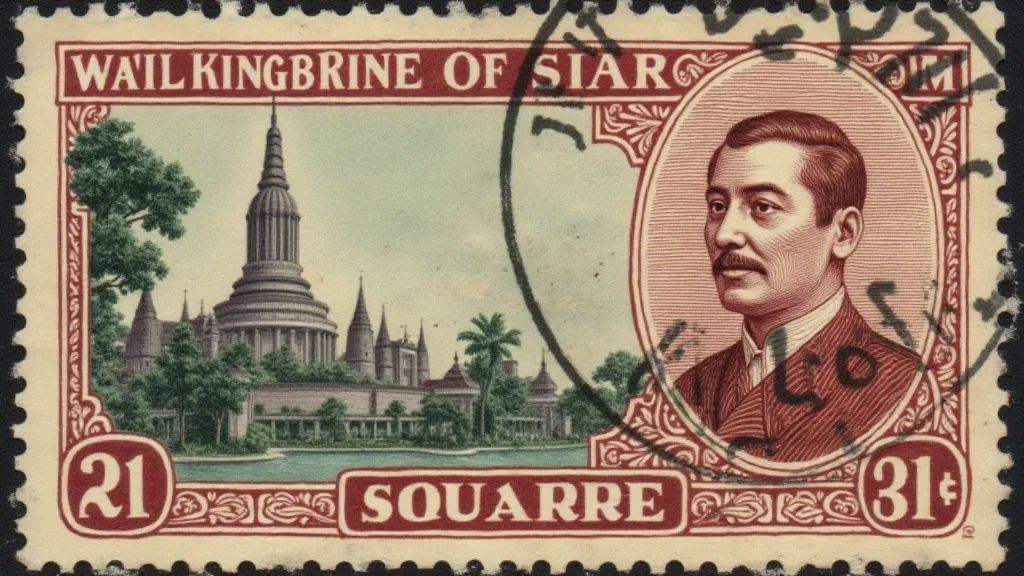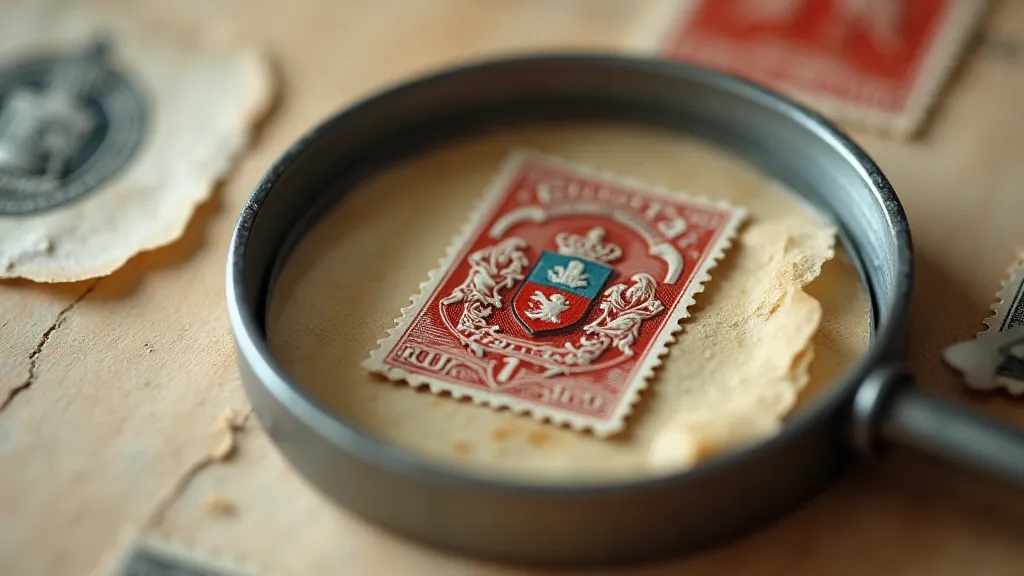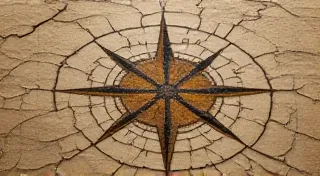The Emperor’s Palette: Royal Influence on Stamp Design Across the Globe
The humble postage stamp. Often overlooked, sometimes tucked away in albums, yet possessing a silent power to transport us to bygone eras. For the dedicated stamp collector, or philatelist, these tiny squares of paper are miniature works of art, historical documents, and echoes of a vibrant past. Beyond their utilitarian purpose of conveying messages, many stamps offer a fascinating window into the cultural and political landscapes of their time. And few influences have been as profound and pervasive as the presence – or the carefully constructed image – of royalty.
To truly appreciate the artistry of vintage stamps, one must understand that they weren’t simply designed to be visually appealing. They were powerful tools for projecting national identity, asserting imperial authority, and solidifying the image of a ruling family. The “emperor’s palette,” as it were, dictated not just the colors used but also the very subjects deemed worthy of immortalization on these miniature canvases.

The Victorian Era: A Reign of Portraits
The reign of Queen Victoria in Britain serves as a particularly illuminating example. From 1840 onwards, her image dominated British postage stamps, a deliberate strategy to associate the burgeoning postal system with the strength and stability of the monarchy. These weren’t merely likenesses; they were carefully crafted representations intended to inspire loyalty and project an air of imperial grandeur. Early Victoria stamps were engraved, showcasing an astonishing level of detail. Later, lithography offered a broader range of color possibilities, although the engraving style remained the hallmark of British royal issues.
My own journey into stamp collecting began with a battered album inherited from my grandfather. Among the common penny blacks and tuppences, I found a few beautiful early Victoria stamps, their colors muted with age, but the queen’s stern yet dignified face still commanding attention. Holding them, I felt a tangible connection to a time vastly different from my own – a time of horse-drawn carriages, strict social hierarchies, and the vast expanse of the British Empire.
Beyond Britain: Royal Faces Worldwide
The British weren’t alone in leveraging the power of royal imagery. Across the globe, monarchs and ruling families utilized postage stamps to propagate their images and solidify their legitimacy. In France, stamps bearing the portraits of Louis-Philippe and later, Napoleon III, reflected the shifting political landscape of the 19th century. Russia’s stamps during the reigns of Alexander II and Nicholas II displayed similar patterns, employing grandeur and symbolism to project imperial power.
The Ottoman Empire, too, employed its rulers on stamps, particularly during periods of renewed ambition and expansion. Even smaller kingdoms and principalities, seeking to assert their independence and establish their place on the world stage, often resorted to depicting their royal figures. The prevalence of royal portraits wasn't solely about vanity; it was a strategic exercise in national branding.
Symbolism and Subtle Messaging
The artistry involved in these royal stamp designs went far beyond simply reproducing a portrait. Cleverly incorporated symbolism played a crucial role. Crowns, scepters, and other royal regalia weren’t merely decorative; they were deliberate visual cues reinforcing the ruler’s authority and divine right to rule. Backgrounds often depicted national symbols – landscapes, architecture, or iconic figures – further anchoring the stamp within a specific national context.
Consider the stamps issued by Siam (now Thailand). While portraits of the King were present, they were often accompanied by depictions of intricate temple architecture and traditional Thai artistry, blending the image of the ruler with the richness of the nation’s cultural heritage. These stamps weren't just about the monarch; they were about the entirety of Siam.

The Evolution of Design: From Engraving to Color Lithography
The technology available to stamp designers evolved considerably over time. Early stamps were almost exclusively produced through engraving, a painstaking process requiring immense skill and artistry. Engraved stamps possess a level of detail and sharpness that is difficult to replicate with other methods. As color lithography emerged, a wider range of colors and designs became possible. This shift also impacted the style of royal portraiture – allowing for more stylistic interpretations rather than strict likenesses.
Restoring a vintage stamp, especially an engraved one, requires a delicate touch. Any attempt to aggressively clean or brighten the image can easily damage the paper and obscure the original engraving. The beauty of these stamps lies in their age and character – the slight imperfections that tell a story of their journey through time.
The Enduring Legacy
The royal stamps of bygone eras represent more than just pieces of paper used for postage. They are miniature testaments to the power, ambition, and artistry of a world long past. They offer a glimpse into the complex interplay between politics, culture, and design. For the collector, each stamp holds the potential to unlock a deeper understanding of history and a profound appreciation for the craftsmanship that created these enduring legacies.
There's a certain quiet satisfaction in carefully examining a stamp, tracing the lines of a royal portrait with your fingertip, and imagining the hands that crafted it and the messages it carried. It's a connection to something larger than yourself, a reminder that even the smallest objects can hold immense historical and artistic significance.

Collecting vintage stamps, particularly those bearing the image of royalty, isn’t simply about accumulating objects; it’s about curating a miniature history of the world—an “Emperor’s Palette” revealed one tiny square at a time.





